#Paolo Di Paolo
Text

La prima volta al mare, Rimini, Italia (1959)
Paolo di Paolo
289 notes
·
View notes
Text
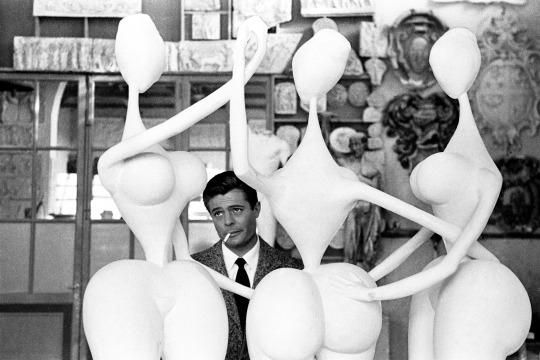
Marcello Mastroianni, September 28, 1924 – December 19, 1996.
Photo by Paolo Di Paolo.
115 notes
·
View notes
Photo

Paolo Di Paolo. The newly opened Rome-to-Florence section of the ‘Highway of the sun’. 1962
Follow my new AI-related project «Collective memories»
#BW#Black and White#Preto e Branco#Noir et Blanc#黒と白#Schwarzweiß#retro#vintage#Paolo Di Paolo#Rome-to-Florence#Highway of the sun#1962#Italy#1960s#60s#kids#filhos#enfants#kinder#crianças#児童#子供たち#pets#cat#gato#katze#chat#猫#ネコ
86 notes
·
View notes
Text
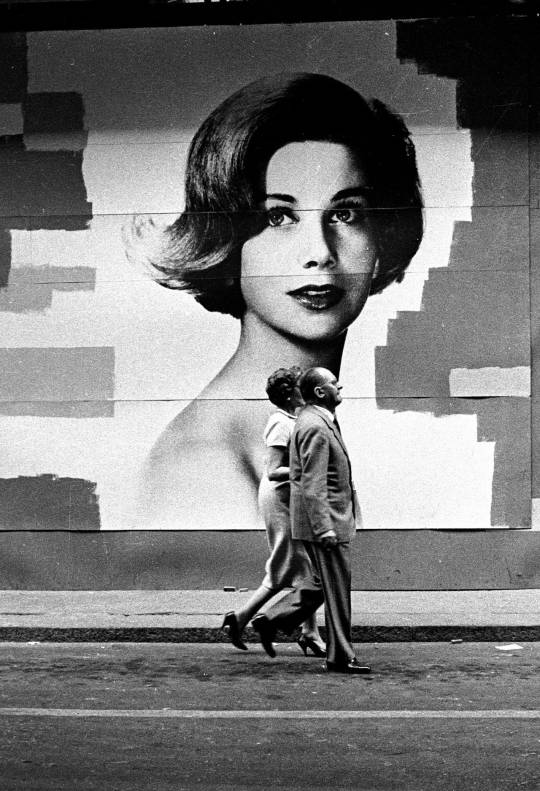
Passeggiata a Via Montenapoleone, Milano, 1962. foto Paolo Di Paolo
37 notes
·
View notes
Text

On the Roof of the Duomo by Paolo Di Paolo
43 notes
·
View notes
Photo

Paolo Di Paolo, Marcello Mastroianni
516 notes
·
View notes
Text

Charlotte Rampling in Sardinia, 1968. Photograph: Paolo Di Paolo
64 notes
·
View notes
Text

Paolo Di Paolo - Ezra Pound in Spoleto, Perugia, 1964
16 notes
·
View notes
Text
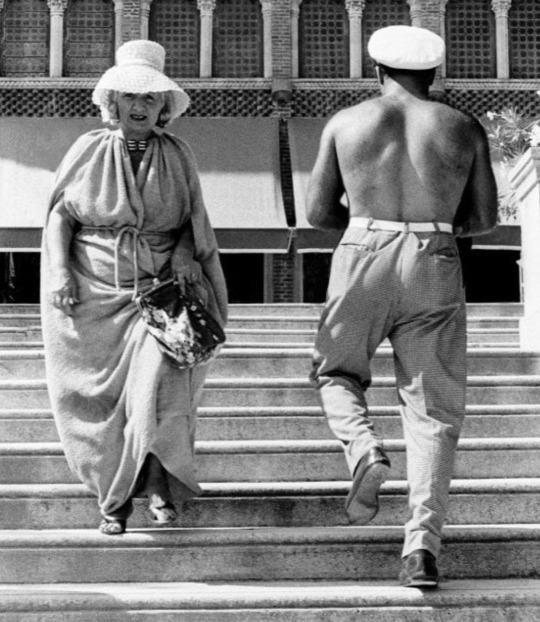
Bonjour, bonne journée ☕️ 🌞
Lido de Venise 🇮🇹 1962
Photo de ©Paolo Di Paolo
#photooftheday#photographie#black and white#vintage#paolo di paolo#lido de venise#italie#île#venise#bonjour#bonnejournée#fidjie fidjie
44 notes
·
View notes
Text

Pier Paolo Pasolini en la playa de Cinquale (Versilia), 1959.
ARCHIVIO FOTOGRAFICO PAOLO DI PAOLO (17/5/1925-12/6/2023)
27 notes
·
View notes
Text
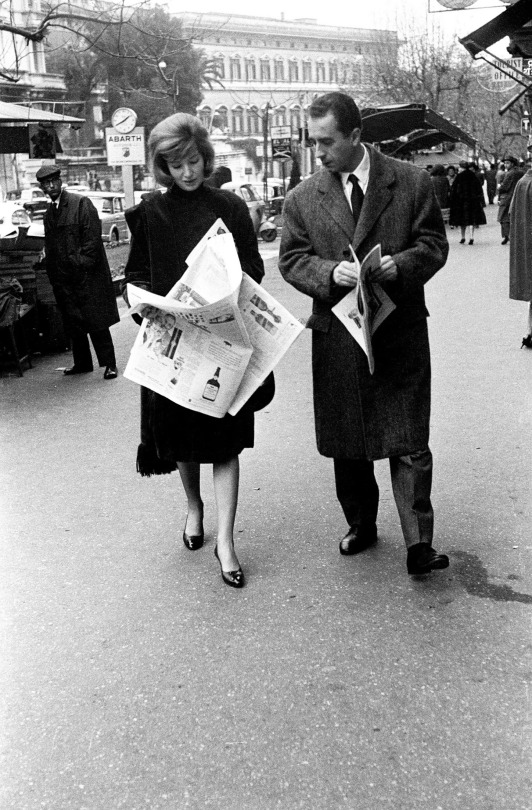
Michelangelo Antonioni, September 29, 1912 – July 30, 2007.
With Monica Vitti in Rome in 1958. Photo by Paolo Di Paolo.
67 notes
·
View notes
Text
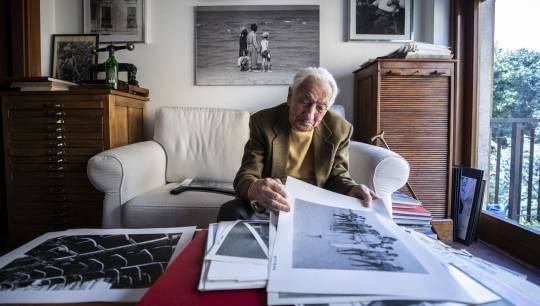
The photographer Paolo Di Paolo, who has died aged 98, documented the renaissance of Italy following the dark days of the second world war, capturing that country’s 1950s and 60s glamour. His star shone brightly for 15 years before he turned his back on photography, but in that time he recorded the luminosity of cultural figures such as Pier Paolo Pasolini, Gina Lollobrigida and Tennessee Williams, as well as the optimism and dignity of ordinary people.
His pictures captured the shift from a more innocent, rural life, in a style that mirrored the neorealism movement in Italian film, as embodied in the shot of three boys on a bucolic hill looking towards the sprawl of Rome. His keen eye recorded the societal tension between the haves and have-nots, but his humanist approach highlighted the elegance of every person, regardless of circumstance. He said: “You might not know the subject but you understand the situation. In every image there is a story to tell … that is my law.”
Di Paolo started out as a self-taught amateur, taking photographs for pleasure with a considered approach. “Each shot had to be a good one. If the situation was not as I had in my mind, I wouldn’t take the picture.”
In 1954, he took his photos to Mario Pannunzio, the editor of the influential weekly current affairs magazine Il Mondo. Pannunzio recognised Di Paolo’s talent, and the photographer found his spiritual home.
He earned money working for other publications, notably Tempo, who sent him on assignment abroad. However, it was on home soil, on the self-titled 1959 assignment for Successo magazine, The Long Road of Sand, that Di Paolo produced some of his finest reportage. He embarked on a road trip along the coast in his Arnolt MG, with the author and poet Pasolini in the passenger seat, documenting Italians on vacation at the dawn of a new era. Di Paolo said: “I was looking for an Italy that looked to the future.”
His intelligence, empathy and discretion garnered trust and allowed him to take many candid portraits of major cultural figures including Sophia Loren applying makeup, Marcello Mastroianni sipping coffee and Kim Novak ironing. He formed a strong bond with the enigmatic actor Anna Magnani and his portraits of her with her son capture, and are captured by, intimacy.
Paolo was born into a poor family in the village of Larino, in Molise. His father, Michele Di Paolo, ran a small shop that sold tobacco and salt and his mother, Michelina (nee Lallo), was a smallholder and a skilled painter and embroiderer. He had five step-siblings from his father’s two previous marriages.
He attended the village school then moved to Rome to complete the final year of his studies at Liceo Classico Augusto, before returning to Larino. During the war he served in the Granatieri (Grenadiers) near his home, but did not see action. Afterwards he began writing for local newspapers, but he wanted more from life.
In 1949, at the age of 24, he left home to study history and philosophy at La Sapienza University of Rome. He intended to return to Larino to become a teacher there, but fell in with a group of young artists that was a hotbed of ideas and creativity, and realised he needed to explore a different path.
He had been making ends meet working at a tourism magazine, and was on his way to their offices in 1953 when he saw and fell in love with a Leica IIIc camera in the window of a nearby opticians. He had found the means with which to express himself.
He resigned from his job and used his severance money to buy the camera. Abandoning his studies shortly before graduation, he threw himself into the new humanist movement in photography. “The strength and enthusiasm that motivated us young people was overwhelming: our happiness was intoxicating.”
However in 1966, with the rise of television and the dawn of salacious celebrity culture, Il Mondo closed. Di Paolo was devastated. He wrote a telegram to Pannunzio: “ Today … the ambition to be a photographer has died.”
The following year Di Paolo photographed the Valentino haute couture show, but he was becoming increasingly disillusioned. In 1968 he went to see a photo editor who wanted him to exploit his society contacts, to get “some spice”.
Di Paolo’s strong ethical sense clashed with this new aggressive style and he refused to be associated with the paparazzi. At the peak of his powers, he hung up his camera and shut away his 250,000 negatives, prints and slides.
He moved to the countryside outside Rome, taking a job as an art director for the carabinieri (Italy’s regional police). Over the next 40 years he produced books, which included his photos of the cadets’ lives, and calendars, for the force. In 1973, he married Elena Marcelli, his former assistant, and they had two children, Michele and Silvia. He lived a quiet life and indulged his passions for winemaking, dogs and vintage cars.
In 1997, Silvia was hunting for a pair of skis in the cellar of her parents’ home when she was shocked to discover his photographic archive. She had no idea her father had been a photographer. She asked him about his work but he was reluctant to speak about it. It would take years of cajoling before he allowed Silvia to bring his work back to life.
Finally, recognition flowed. His first exhibition, Il Mio Mondo, was held at the gallery il museo del louvre in Rome, in 2016. Three years later, the MAXXI museum in the city staged a major retrospective, Mondo Perduto, with an accompanying monograph that is the only collection of his work to date.
Pierpaolo Piccioli, the creative director of Valentino, saw the MAXXI exhibition and, inspired by Di Paolo’s 1967 Valentino pictures, invited the then 94-year-old to photograph behind the scenes at the fashion house’s 2020 spring/summer couture show in Paris.
A documentary about Di Paolo’s life and work, The Treasure of His Youth, by the fashion photographer Bruce Weber, premiered at the Rome film festival in 2021 and is due for release in the UK next year. In May, to coincide with his 98th birthday, Di Paolo was awarded an honorary degree from La Sapienza.
He is survived by Elena, his children and two grandchildren, Matilde and Leonardo.
🔔 Paolo Di Paolo, photographer, born 17 May 1925; died 12 June 2023
Daily inspiration. Discover more photos at http://justforbooks.tumblr.com
12 notes
·
View notes
Text

Marcello...
foto Paolo di Paolo
3 notes
·
View notes
Photo

È morto a 98 anni il fotografo Paolo Di Paolo
Lunedì è morto a 98 anni il fotografo italiano Paolo Di Paolo, attivo soprattutto tra gli anni Cinquanta e Sessanta e noto sia per il modo in cui illustrò la vita in Italia di quegli anni sia soprattutto per i suoi numerosi ritratti di personaggi famosi. Lavorò soprattutto per Il Mondo, rivista diretta da Mario Pannunzio, e poi per Il Tempo Illustrato. Tra i suoi ritratti più famosi ci sono quelli di Anna Magnani, Pier Paolo Pasolini, Sofia Loren e Marcello Mastroianni, Michelangelo Antonioni e Oriana Fallaci. Interruppe la sua attività da fotografo alla fine degli anni Sessanta, poco dopo la chiusura del Mondo (nel 1966). Nel corso degli anni Duemila le sue fotografie sono state riscoperte ed esibite in alcune mostre, tra cui quella per il cinquantesimo anniversario della chiusura del Mondo e quella organizzata nel 2019 al MAXXI di Roma. Nel 2021 il fotografo e regista statunitense Bruce Weber gli ha dedicato un documentario, The Treasure of his Youth.
Di Paolo era nato a Larino, in provincia di Campobasso, il 17 maggio del 1925. Si era trasferito a Roma per studiare filosofia e aveva iniziato a lavorare come pubblicitario alla Compagnia Italiana Turismo (CIT), agenzia di servizi per il turismo. Iniziò a fotografare in quel periodo, e poco dopo a collaborare col Mondo. Di Paolo è morto all’ospedale di Termoli, in Molise, dove era ricoverato da qualche giorno.
10 notes
·
View notes
Photo
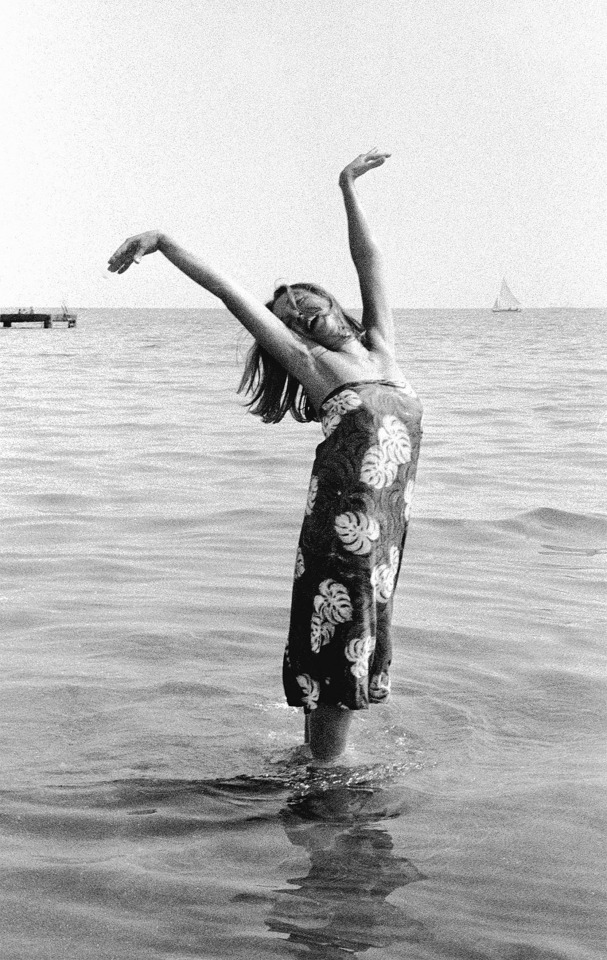
Paolo Di Paolo, 1963
77 notes
·
View notes
Text
Passeggiare per Roma è una piccola arte che perdura, nonostante i tempi; e non è adatta ai pigri, perché le ore migliori sono quelle della mattina. Tra le nostre città, Roma è quella che sembra fatta di più per le belle giornate e per le ore che precedono il mezzogiorno. Nonostante i millenni, esce dal buio nelle belle giornate come una città tutta nuova, senza il minimo segno né sentimento di vecchiaia, e questo è un suo segreto esclusivo. Parigi o Londra, al suo confronto, sembrano città più vecchie. È gaia, fiorita, vibratile, percorsa da riflessi mobili come una città di mare; i fiori nelle ceste anch'essi fanno parte della luce mossa; viene a galla il fondo campestre, scapigliato, tanto diverso da quello che in altre metropoli è portato dai grandi parchi, che sono così cittadini nonostante gli alberi e i prati, e piuttosto ricordano affreschi e quadri di paesaggio nell'interno d'una dimora nobilmente arredata.
Guido Piovene - Viaggio in Italia
Ph Paolo di Paolo
3 notes
·
View notes